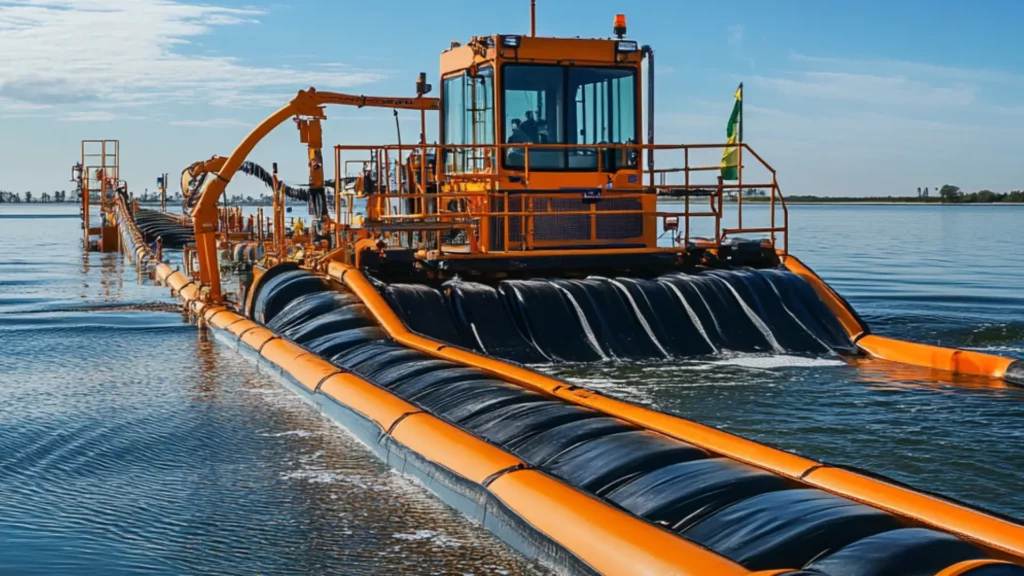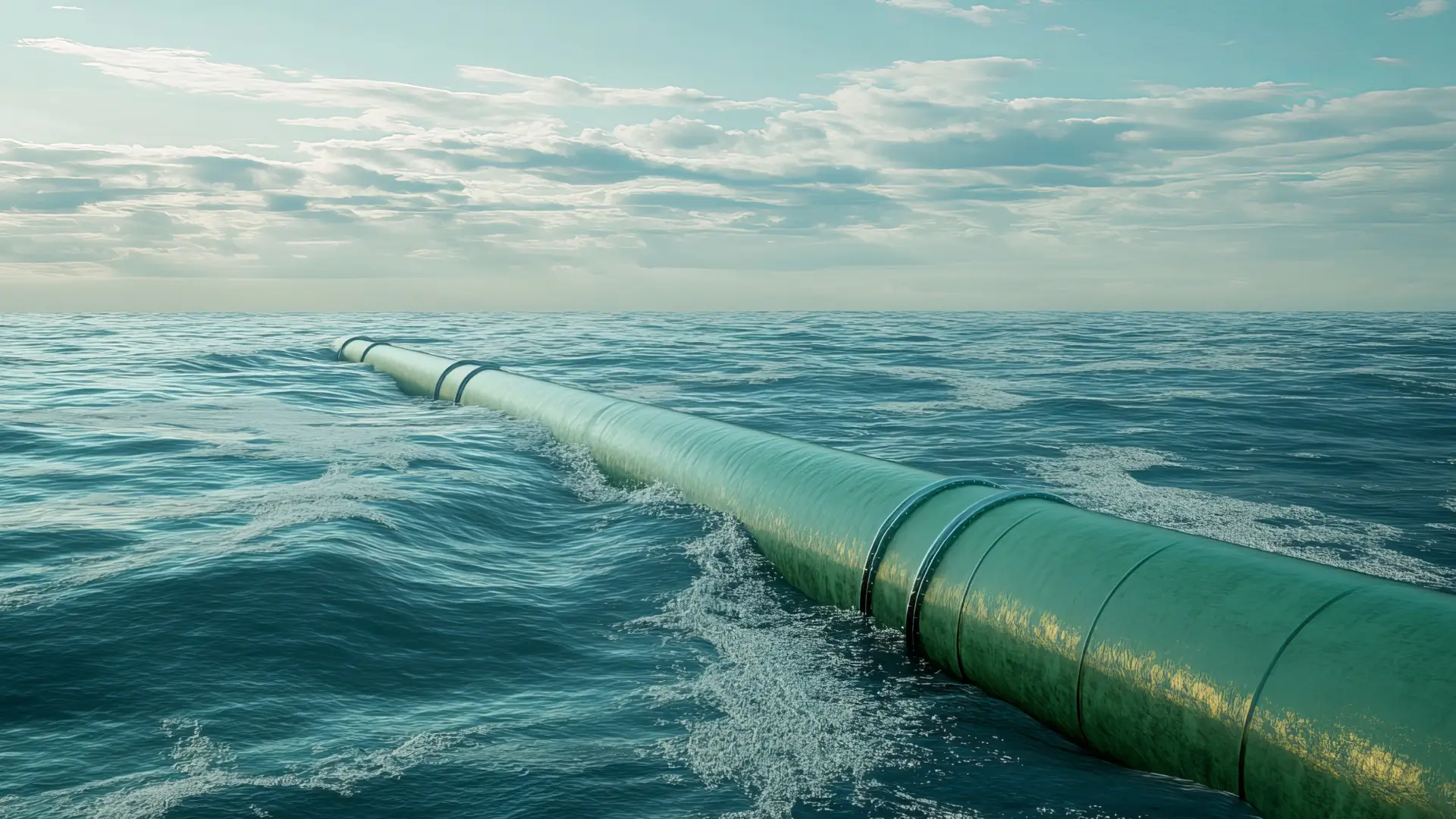Dredging is crucial for maintaining infrastructure, managing waterways, and supporting environmental projects. From clearing shipping channels to mitigating flood risks and restoring wetlands, dredging is vital for both industrial and environmental operations. However, traditional methods often bring significant environmental consequences. The disruption of aquatic habitats, water quality degradation, and increased carbon emissions are some of the major challenges. This has led to the need for eco-friendly dredging solutions that minimize these impacts while ensuring efficient operations.
As environmental concerns become more pronounced, the dredging industry is under increasing pressure to adopt sustainable practices. The adoption of eco-friendly dredging solutions is no longer optional; it’s a necessity for ensuring a sustainable future for the ecosystems affected by dredging activities. This article explores the environmental impact of traditional dredging and highlights innovative techniques and equipment that are shaping the sustainable future of eco-friendly dredging solutions.
The Environmental Impact of Traditional Dredging
Conventional dredging methods, though effective in removing sediment and maintaining waterway depth, can cause significant ecological harm. One of the most immediate impacts is habitat disruption. The dredging process disturbs marine ecosystems, including coral reefs, seagrass beds, and the habitats of various aquatic species. This disturbance often leads to long-term damage to biodiversity, affecting fish populations and other wildlife dependent on these habitats.
Another critical environmental concern is water quality degradation. When sediment is disturbed during dredging, fine particles can be resuspended in the water, creating turbidity. This reduces light penetration, impairing photosynthesis in underwater plants, and can also lead to oxygen depletion in the water, affecting fish and other marine life. The resuspension of harmful substances, such as heavy metals, further exacerbates the negative impact on water quality.
In addition to the ecological disruption, the carbon footprint of traditional dredging is substantial. Diesel-powered dredgers emit significant amounts of greenhouse gases, contributing to global warming and air pollution. With climate change being one of the biggest challenges of our time, finding ways to reduce the carbon emissions associated with dredging is vital for a more sustainable future.
As these environmental issues grow, it becomes evident that the dredging industry must evolve. Implementing eco-friendly dredging solutions is essential for minimizing these adverse effects and ensuring that dredging activities can be carried out responsibly.
Innovative Eco-Friendly Dredging Solutions
To mitigate the environmental impact of traditional dredging, several innovative techniques have been developed, offering more sustainable approaches to sediment removal.
Water Injection Dredging (WID)
Water injection dredging is an effective, low-impact method for minimizing sediment disturbance. Instead of mechanically removing sediment, WID injects water into the seabed, creating a density current that transports the sediment along the seabed rather than suspending it in the water column. This method significantly reduces turbidity and the release of harmful pollutants, making it ideal for environmentally sensitive areas such as wetlands and estuaries.
Hydrodynamic Dredging
Hydrodynamic dredging takes advantage of natural water currents to transport sediment, reducing the need for heavy mechanical intervention. This technique minimizes the environmental footprint by using the flow of water itself to assist in sediment removal, resulting in less disruption to aquatic habitats. Hydrodynamic dredging is especially beneficial in areas with strong tidal currents, where the natural movement of water can assist in transporting sediment without creating additional disturbances.
Precision Dredging
Precision dredging uses advanced technologies such as GPS and sonar to carefully target areas for dredging, reducing the amount of sediment that needs to be removed and limiting the impact on surrounding ecosystems. By allowing operators to precisely control dredging depth and location, this method prevents over-dredging, which is a common issue with traditional techniques. Precision dredging helps preserve marine ecosystems while maintaining operational efficiency.
These innovative techniques demonstrate how eco-friendly dredging solutions can significantly reduce the negative environmental impact of dredging while still achieving the necessary outcomes for waterway maintenance and development.

Eco-Friendly Dredging Equipment
In addition to advanced techniques, eco-friendly dredging solutions are also supported by the development of more sustainable dredging equipment. Transitioning to environmentally friendly machinery can greatly reduce the environmental footprint of dredging operations.
Electric and Hybrid-Powered Dredgers
One of the most significant advancements in dredging equipment is the shift from diesel-powered dredgers to electric or hybrid-powered alternatives. These eco-friendly dredgers produce fewer carbon emissions, helping to reduce the dredging industry’s contribution to global warming. Electric and hybrid-powered dredgers not only lower emissions but also reduce operational noise, mitigating the impact on marine life.
Biodegradable Lubricants and Oils
Another development in eco-friendly dredging equipment is the use of biodegradable oils and lubricants. Traditional oils can be harmful to aquatic ecosystems if they leak into the water. By using biodegradable alternatives, dredging companies can prevent water contamination and protect marine life from harmful chemicals. This shift in equipment materials is a critical component of eco-friendly dredging solutions, ensuring that even in the event of leaks or spills, the environmental impact is minimized.
Low-noise and Low-Impact Machinery
Noise pollution from dredging equipment can disturb marine wildlife, particularly species that rely on sound for communication and navigation. The development of low-noise and low-impact machinery has helped address this issue, reducing the acoustic footprint of dredging operations. These machines are designed to operate more quietly, minimizing disruption to marine ecosystems and promoting a more sustainable approach to dredging.
Regulatory Framework and Industry Collaboration
For eco-friendly dredging solutions to be fully realized, it is essential for the dredging industry to operate within a strong regulatory framework and engage in collaborative efforts with environmental agencies and communities. Regulatory guidelines help ensure that dredging activities are carried out in an environmentally responsible manner, setting limits on emissions, sediment disposal, and habitat protection.
International bodies, such as the International Maritime Organization (IMO), along with national and local governments, have established regulations to guide sustainable dredging practices. These regulations promote the use of eco-friendly dredging solutions and encourage the adoption of practices that minimize environmental harm for a sustainable future. The enforcement of these regulations helps to align the dredging industry with broader sustainability goals.
Collaboration between dredging companies and environmental organizations is also vital for achieving a sustainable future. By working together, these stakeholders can share knowledge, improve practices, and ensure that dredging activities support environmental conservation efforts while meeting industrial needs.
Conclusion
Eco-friendly dredging solutions are essential for ensuring that the dredging industry can continue to play a vital role in maintaining waterways and supporting infrastructure without causing significant harm to the environment. Through innovative techniques like water injection dredging, hydrodynamic dredging, and precision dredging, as well as advancements in electric-powered equipment and biodegradable materials, the industry is moving toward a more sustainable future.
The adoption of these eco-friendly dredging solutions, combined with strong regulatory frameworks and collaborative efforts, will help balance the needs of dredging with the imperative to protect marine ecosystems for a sustainable future. As the world faces growing environmental challenges, eco-friendly dredging solutions are critical to achieving a sustainable future for both the dredging industry and the planet.





